Europe 1066-1509
While those in the UK are often battling it out learn about what other European nations such as Spain and Italy are up to. Discover the changing role and influence of religion during this time and what other forms of medieval signs and marvels that people believed in.
Sort by:
Date (Newest first) | Title A-Z
Show:
All |
Articles |
Podcasts |
Multipage Articles
-
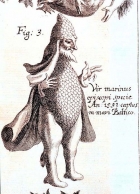
Medieval 'Signs and Marvels'
ArticleClick to view -

The Miraculous Crusade: The Role of the Mystical and Miraculous in the Morale and Motivation of the First Crusade
ArticleClick to view -
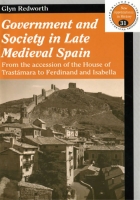
Government and Society in Late Medieval Spain
ArticleClick to view -

The Albigensian Crusade
ArticleClick to view -
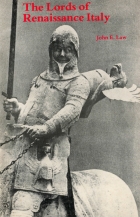
The Lords of Renaissance Italy
ArticleClick to view -

Podcast: Why Medieval History Matters?
ArticleClick to view -
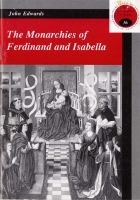
The Monarchies of Ferdinand and Isabella
ArticleClick to view -

Polychronicon 127: The Crusades
ArticleClick to view -

Popular revolt and the rise of early modern states
ArticleClick to view -

Seeing, hearing and doing the renaissance (Part 2)
ArticleClick to view -

Seeing, hearing and doing the Renaissance (Part 1): Let's have a Renaissance party!
ArticleClick to view -

Making learning drive assessment: Joan of Arc - saint, witch or warrior?
ArticleClick to view -

Polychronicon 112: The Angevin Empire
ArticleClick to view -
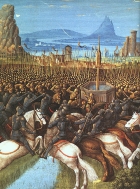
The Knights Templars
ArticleClick to view -
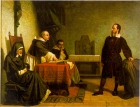
The New History of the Spanish Inquisition
ArticleClick to view

